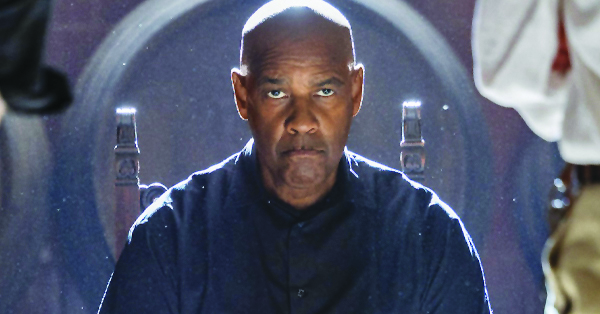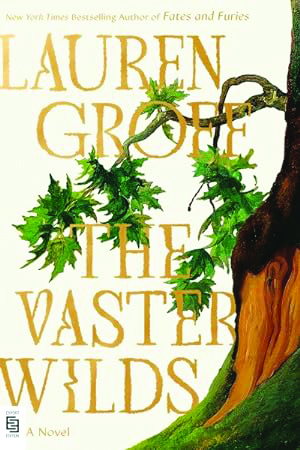The Vaster Wilds, by Lauren Groff (Riverhead, 253 pages)
In a world populated with doomsday preppers, people embracing life off the grid, and extreme athletes racing for days through the wilderness, there is surely a market for a book about a girl who escapes servitude and lives alone in the wilds of 17th-century America.
Whether there’s a market for such a book written in the language of, say, Chaucer, is harder to predict.
But many people are gushing about Lauren Groff’s latest book, The Vaster Wilds, which is a brutal and bloody survival story wrapped in lyrical Middle Ages prose.
The unnamed girl, in her late teens, had been born in England and “discovered a new born babe, all alone one bad dawn, still in the juices of birth, and naked in the filth of shiteburne lane, and nearly dead of cold.” She was taken in by a church and adopted at age 4 by a minister and his wife, and charged with taking care of their child.
The girl grew attached to her charge, whom she calls repeatedly “the child Bess,” and traveled with the family by boat to the Jamestown colony, not knowing that people were starving in the “new world.” (The novel is set around 1610, a time in which an estimated 80 percent of Jamestown colonists died of starvation and disease.)
For reasons that are slowly revealed, the girl decides that the wilderness of this strange land is better than the colony, so she steals leather gloves and a cloak from her mistress, and boots from a boy who’d died of smallpox that week, and she flees.
“Into the night the girl ran and ran, and the cold and the dark and the wilderness and her fear and the depth of her losses, all things together, dwindled the self she had once known down to nothing. A nothing is no thing, a nothing is a thing with no past. It was also true that with no past, the girl thought, a nothing could be free.”
The dangers awaiting the girl include not just the elements and men sent to pursue her, but continued starvation, wild animals and the fact that she has no compass or roads and no real place to run to. She just goes, intent only on survival.
As her trajectory itself is not much more interesting than a typical NASCAR race — only she is running in a direction, north, and not in circles — part of the story is her recollections of the past, to include a lost love, and her hopes for the future, which involve making it to Canada, getting married and having children in a house that is safe and has food. She recalls various atrocities she witnessed, in England and in the new land. And there are enough heads on sticks and flayed men here to comprise a new episode of Game of Thrones.
There is also the matter of her sustenance, which requires many unsettling scenes, such as a half fileted frozen fish that suddenly, upon thawing, is shocked back to life, and a nest of baby squirrels that she harvests for meat with the angry mother looking on.
But there is transcendence in the wild, too, as when she awakens one night to see a huge bear sitting at the base of a waterfall, looking at it in something that seems to resemble awe. That leads her to contemplate how “if a bear could know god in his own bear way, then a bear had a soul. …. Then she thought that perhaps in the language of bears there was a kind of gospel, also. And perhaps this gospel said to the bears the same thing about god giving bears dominion over the world. And perhaps bears believed that this gave them license to slaughter the living world, including the men in it.”
For an uneducated girl of 17 or 18, she is deeply spiritual, in part because of the religion pressed upon her in servitude, in part because of the voices that she converses with while she runs. At one point, the voice scornfully interrogates her about why she thinks she can survive in such harsh conditions, alone. “And she wanted to weep but she did not and instead she said, But I am not alone for I carry my god in my heart always. And she did, she felt god, a pinprick of light deep within her.”
The Vaster Wilds is not an easy read, despite the beauty of its language. It wasn’t until I was more than a third through the book that I grew comfortable enough with the style and language that I wasn’t actively observing it. But once you get to that point — and maybe it will be sooner for you than me — it’s like getting a second wind on a run, or getting into “flow” in an activity. Still, it’s a book that, like poetry, requires you to take it in slowly for effect. Unfortunately, it’s also a book that requires readers to suffer with the protagonist, from beginning to merciful end. You’ll love it or hate it, but will not forget it. Which also might be good or bad. B






